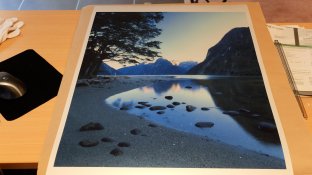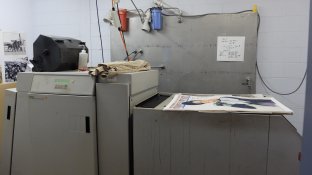Les Sarile
Member
This is my personal opinion on the photos (very beautiful subject by the way): Velvia looks just worlds better to me compared to Ektar. I really can´t stand those cyan skies of Ektar. It is the main reason why I do not use this film. On the other hand I have had my dose of troubles trying to get a decent exposure with 35mm Velvia at EI 40.
Cyan skies of Ektar are a product of the workflow and not the film itself.




















